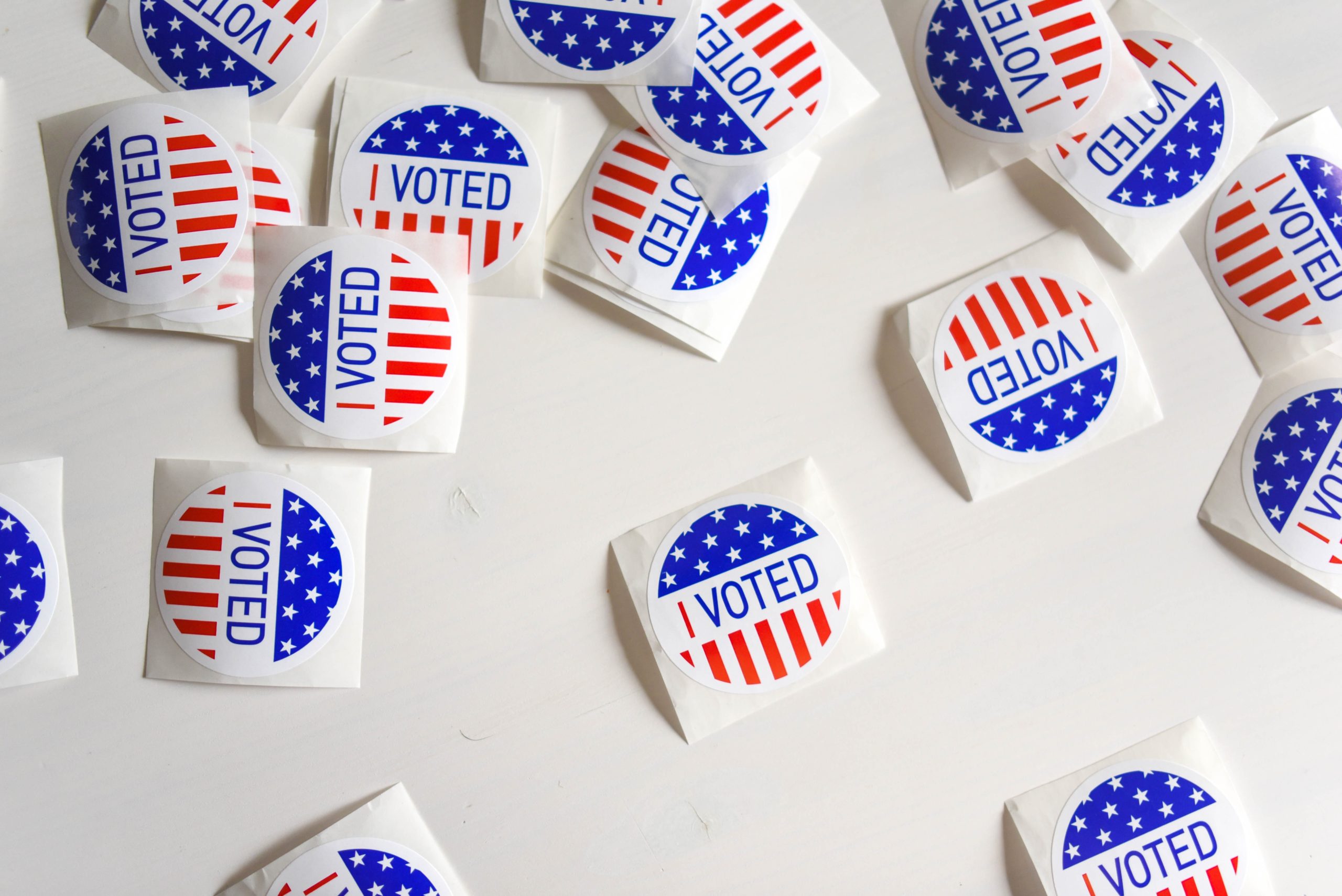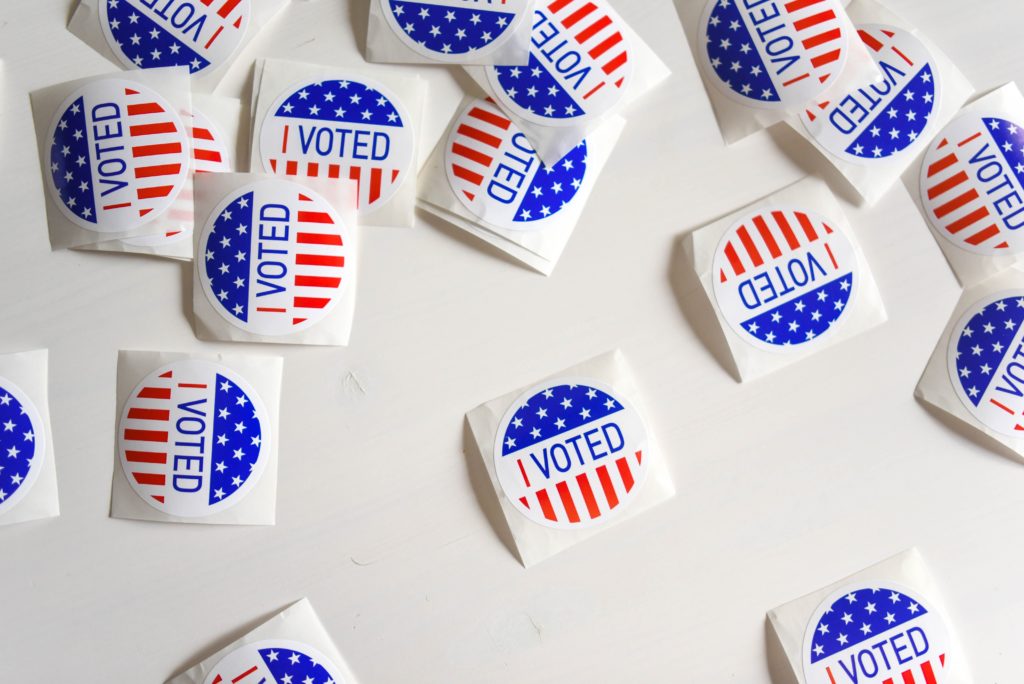Political competition is coming

As if 2020 has not already given us enough to handle, we still have an election cycle to get through.
We’re about to enter the thick of it as political messages start to flood our media feeds, television screens, and radio in the final 90 days leading up to the election. The 2016 and 2018 elections saw 54% of spend occur in the final 10 weeks leading up to election day, which means competition should start ramping up by August 25.
However, in pure 2020 fashion, this year will be different. Yes, advertisers typically see this influx of spend every four years, and yes, the 2016 presidential election saw record-breaking spend from candidates in digital media. But the Covid-19 pandemic has caused many political campaigns to cancel their in-person events, freeing up a lot of budget. And where are those event budgets being shifted?
You guessed it. Digital. The socially distant alternative. Add to that historic fundraising numbers for both political parties in 2020, and advertisers can undoubtedly expect to see their audiences become more expensive to reach in the coming months.
So, what is an advertiser to do about all this competition coming to disrupt the ad auctions we rely on to deliver our brands’ messages? Here are a few things advertisers can consider when planning Fall 2020 paid media.
Tips for advertisers in an election year
Review and revise geo targeting. In political campaigns, not all states are created equal. Swing states (FL, AZ, TX, MN, WI, and others) tend to receive a larger percentage of overall spend than more politically firm states. Think about if you can reduce your search bids in these markets while increasing them in others to offset the impact. Apart from adjusting bids, you could refine which campaigns/keywords you are bidding on; for example, you may opt to only run branded keywords in these areas for the time being. If you want to take more drastic measures, you could even consider excluding these political hot spots from your campaign targeting temporarily!
One helpful tool is the Facebook Ad Library Report, which shows advertising spend by social issues, elections, or politics by both advertiser and state.
Shift budgets into lower CPC avenues. Your target audiences are multi-faceted, so your media mix should be, too. Taking a break from the usual places may be a great opportunity to reconnect with your audiences in other platforms. Facebook will primarily be where cost per click (CPC) increases. To account for this, consider shifting those paid social budgets to display awareness tactics such as video, banners, native ads and search, where cost per view (CPV) and cost per thousand impressions (CPM) are less expensive due to more inventory.
Focus on high-value audiences. The broader your audience is, the more likely you will be competing for users’ news feed inventories come election time. Identify which audiences yield the biggest return and cut the excess for the time being. For example, if your campaigns rely heavily on prospecting audiences, consider doubling down on high-value audiences such as remarketing or any other first-party customer lists. For search, consider layering on audience targeting to refine your audience size.
Invest in email. Instead of paying more to reach the same audience, keep your current customers and leads engaged with a robust email strategy with tailored content. Email can be a great way to reach your audience with more personalized messaging, and it has a better chance of being noticed in their inbox versus their crowded social news feeds.
Revisit planned TV/video inventory. TV is the medium of choice among political advertisers, accounting for 66% of spend in 2016. Traditional media planners can expect this area to be more competitive in the lead-up to the election. A few things to consider in the video space:
- What type of video placement strategy you’re using. Linear placements are among the top types of ads that get bumped. A programmatic approach (buying ad space automatically through The Trade Desk) via online video or Connected TV, may give you a better chance of retaining your impressions.
- Adjusting timing even slightly can help keep your schedule intact. There is still a chance you will be bumped post-election due to the ripple effect of political ad buying. If you can take a hiatus or even lighten up your TV schedule in hot bed markets from approximately September through November 4, you might experience fewer bumped spots.
- If you must keep placements linear and within the election time period, consider your programming. Linear spots in news programming (whether local or via cable) will be inundated with political ads. Take advantage of other programming that offers an equally high index of your target audience.
- Maximize channels and environments that are less volatile. No channel is completely safe. But if getting a video view is key to your media plan, utilize channels that drive to your video content and optimize on video views once the user is on your site. For example, instead of using video as the ad unit, use a native ad to drive to the video on your site, then optimize your campaign to find similar users via behavioral targeting/lookalike audiences.
Advertisers should start planning now
The election is still a few months away, but it is never too soon to start thinking about how your campaigns may be affected. Being proactive in planning (or pivoting!) your Fall 2020 media strategy could mean saving precious advertising dollars and connecting with your audience in a new channel.
Photo source: Unsplash



